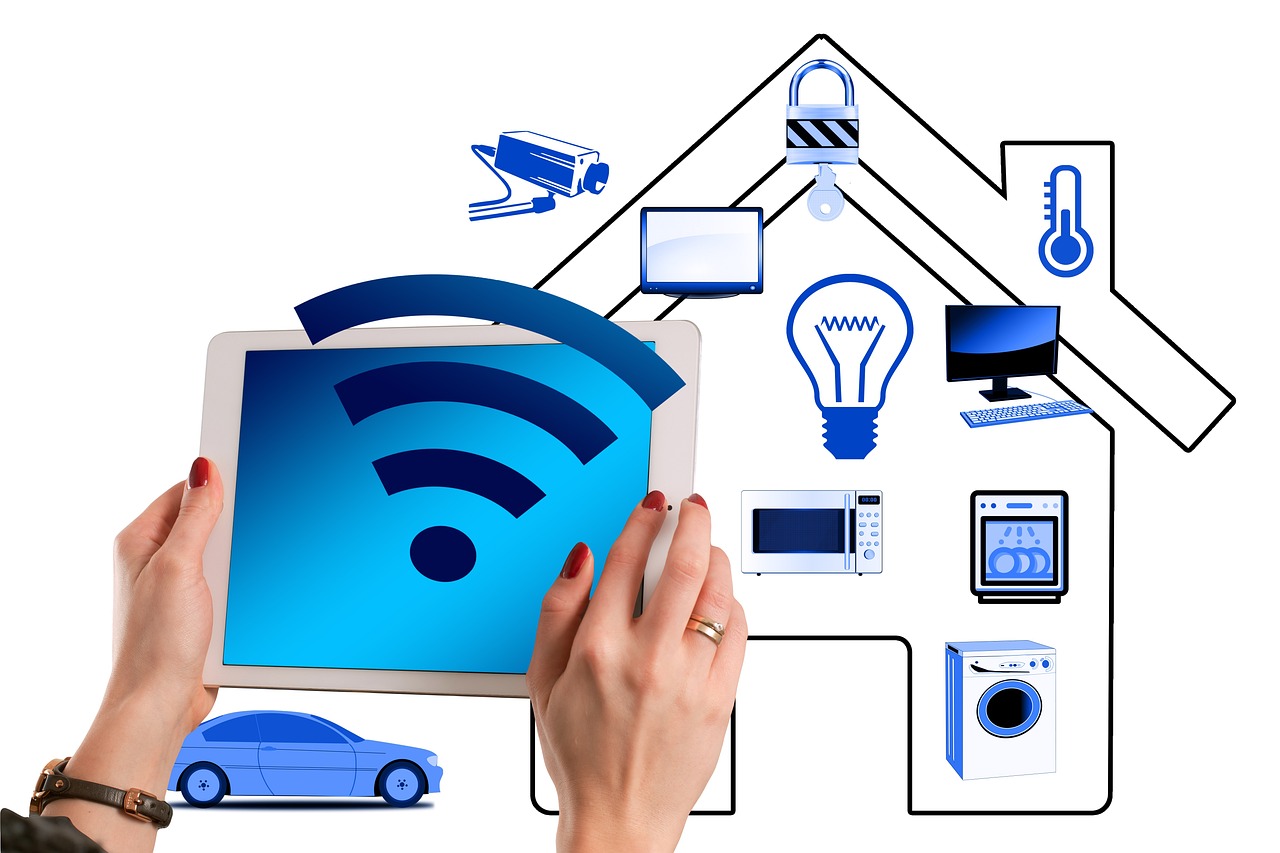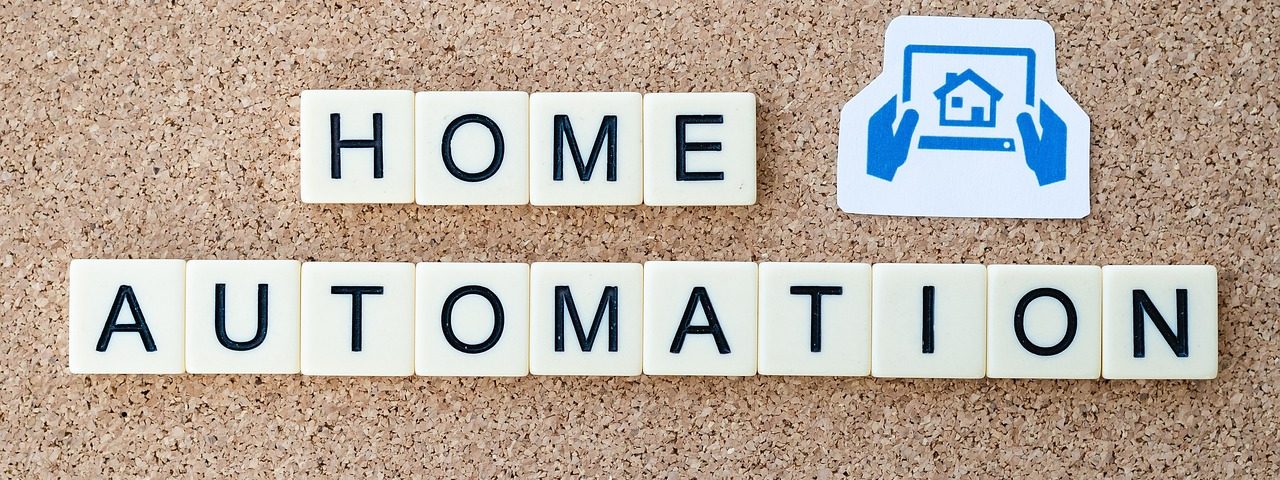In today’s interconnected world, a smart home hub serves as the brain of your automated home, orchestrating the seamless interaction between various smart devices and creating a unified ecosystem that enhances comfort, convenience, and efficiency. As smart home technology continues to evolve rapidly, choosing the right hub becomes increasingly critical for creating a reliable and future-proof smart home system.
Understanding Smart Home Hubs
A smart home hub functions as a central command center, enabling communication between different smart devices through various protocols and providing a single interface for control and automation. These devices eliminate the need for multiple apps and create a cohesive smart home experience that streamlines daily operations and enhances home security.
| Hub Functionality | Benefits | Common Applications |
|---|---|---|
| Centralized Control | Manage all devices from one interface | Device scheduling, scene creation |
| Device Communication | Enable different brands to work together | Cross-brand automation |
| Automation | Create routines and scheduled actions | Morning routines, security monitoring |
| Remote Access | Control devices from anywhere | Temperature adjustment, security checks |
| Energy Management | Monitor and optimize power consumption | Smart thermostat control, power tracking |
| Security Integration | Coordinate security devices | Camera monitoring, door lock control |
The Importance of Smart Home Hubs
Smart home hubs offer several compelling advantages that make them essential for modern homes:
- Enhanced Device Compatibility: Modern hubs support multiple protocols and standards, allowing devices from different manufacturers to work together seamlessly, breaking down the barriers of proprietary ecosystems and expanding your options for future purchases.
- Simplified Management: Instead of juggling multiple apps and interfaces, users can control their entire smart home through a single, intuitive platform, streamlining the management of connected devices and reducing the learning curve for family members.
- Advanced Automation: Hubs enable sophisticated automation scenarios, allowing devices to work together based on triggers such as time, location, or sensor data, creating a truly intelligent living space that anticipates and responds to your needs.
- Improved Security: Centralized control enables comprehensive security monitoring and quick response to potential threats, with the ability to coordinate multiple security devices simultaneously.
- Energy Efficiency: Smart hubs can optimize energy usage by coordinating devices like thermostats, lights, and appliances based on occupancy and usage patterns, potentially reducing utility bills.
Key Features to Consider

Device Compatibility and Protocols
When selecting a smart home hub, protocol support is crucial for ensuring wide device compatibility and future expandability. The most important protocols include:
| Protocol | Range | Power Usage | Popular Devices | Key Advantages |
|---|---|---|---|---|
| Zigbee | 40-50ft | Very Low | Smart lights, sensors | Mesh networking, low latency |
| Z-Wave | 100ft | Low | Door locks, thermostats | Long range, secure communication |
| Wi-Fi | 150ft | High | Cameras, displays | High bandwidth, widespread adoption |
| Matter | Various | Various | Cross-platform devices | Universal compatibility |
| Thread | 100ft | Low | Smart home accessories | Self-healing mesh network |
| Bluetooth | 30ft | Low | Speakers, wearables | Direct device connection |
User Interface and Control Options
The interface quality significantly impacts daily use and user satisfaction. Look for these essential features:
- Intuitive Mobile Apps: Clear navigation and responsive controls with customizable dashboards
- Voice Assistant Integration: Support for popular platforms like Alexa, Google Assistant, and Siri
- Customizable Dashboard: Ability to organize devices and create shortcuts for frequent actions
- Guest Access: Options to share control with family members or visitors while maintaining security
- Scene Creation: Tools for creating and managing complex device interactions
- Scheduling Options: Flexible timing controls for automated actions
- Status Monitoring: Real-time device status and activity history
- Remote Access Security: Encrypted connections and multi-factor authentication
Automation Capabilities
Advanced automation features distinguish premium hubs from basic models:
- Conditional Logic: Create complex if-then scenarios based on multiple triggers
- Geofencing: Trigger actions based on household members’ locations
- Weather Integration: Adjust device behavior based on weather conditions
- Time-Based Controls: Schedule actions based on time of day or astronomical events
- Device State Dependencies: Create automations that consider the status of multiple devices
- Custom Variables: Define and use variables in automation rules
- API Access: Integration with external services and custom solutions
Top Smart Home Hubs of 2024

Amazon Echo (4th Gen)
This versatile hub combines smart speaker functionality with robust hub capabilities, featuring:
- Built-in Zigbee radio for direct device connection
- Matter controller support for future compatibility
- Alexa voice control with natural language processing
- High-quality audio output for music and communications
- Temperature sensor for environmental monitoring
- Advanced microphone array for improved voice recognition
- Simple setup process for beginners
- Regular software updates and new feature additions
Price: $99.99 Best For: Amazon ecosystem users and smart home beginners
Aeotec Smart Home Hub
The successor to SmartThings offers comprehensive control and professional-grade features:
| Feature | Specification |
|---|---|
| Protocols | Zigbee, Z-Wave, Matter |
| Range | Up to 130ft |
| Power Backup | Yes |
| Local Processing | Yes |
| Cloud Integration | Optional |
| Automation Engine | Advanced |
| Device Limit | 500+ |
| Secure Elements | Military-grade encryption |
Price: $134.99 Best For: Power users and large smart home installations
Apple HomePod (2nd Gen)
Perfect for HomeKit enthusiasts, providing sophisticated features:
- Thread border router functionality for extended device support
- Matter support for cross-platform compatibility
- Room-filling audio with computational audio
- Temperature and humidity sensing capabilities
- Seamless Siri integration with personal recognition
- Intercom capabilities for whole-home communication
- Ultra-wideband precision sensing
- Privacy-focused design with local processing
- AirPlay 2 support for multi-room audio
Price: $299.99 Best For: Apple ecosystem users and privacy-conscious consumers
Google Nest Hub Max
This smart display hub combines visual control with advanced features:
- 10-inch HD display with adaptive brightness
- Built-in camera for video calls and security
- Thread support for future expansion
- Native Google Assistant integration
- Face Match technology for personalized responses
- Broadcast messaging throughout the home
- Built-in Nest Cam functionality
- Gesture controls for hands-free operation
- YouTube and streaming service integration
Price: $229.99 Best For: Google ecosystem users and video-centric smart homes
Hubitat Elevation
Designed for advanced users, featuring powerful local control:
- Complete local processing for enhanced privacy
- Extensive device compatibility across brands
- Advanced automation rules with complex conditions
- No cloud dependency for core functions
- Regular firmware updates and improvements
- Active community support and custom apps
- Built-in backup functionality
- Custom driver support
- Advanced security features
Price: $129.99 Best For: Technical users and privacy advocates
Making Your Decision
Consider these crucial factors when selecting your hub:
- Existing Device Ecosystem: Choose a hub compatible with your current smart devices
- Future Expandability: Ensure support for protocols you might need later
- Automation Needs: Assess the complexity of automations you want to create
- Budget Considerations: Factor in both initial and potential expansion costs
- Technical Expertise: Match the hub’s complexity to your comfort level
- Privacy Requirements: Consider local vs. cloud processing needs
- Installation Complexity: Evaluate whether professional installation is needed
- Long-term Support: Research manufacturer’s track record for updates
| Use Case | Recommended Hub | Key Advantage |
|---|---|---|
| Apple Users | HomePod (2nd Gen) | Seamless iOS integration |
| Beginners | Amazon Echo (4th Gen) | Easy setup and use |
| Advanced Users | Hubitat Elevation | Local processing and customization |
| Google Home Users | Nest Hub Max | Visual interface and camera features |
| Professional Installation | Aeotec Smart Home Hub | Extensive protocol support |
| Privacy Focused | Hubitat Elevation | No cloud dependency |
| Large Homes | Aeotec Smart Home Hub | Extended range and device support |
| Entertainment Focus | HomePod (2nd Gen) | Superior audio quality |
By carefully evaluating these factors and understanding your specific requirements, you can select a smart home hub that not only meets your current needs but also provides room for future expansion and enhancement of your smart home ecosystem. Remember that the best hub for your situation depends on your unique combination of devices, preferred ecosystem, and automation goals. Consider starting with a basic setup and gradually expanding as you become more comfortable with the technology and identify additional needs for your smart home system.

